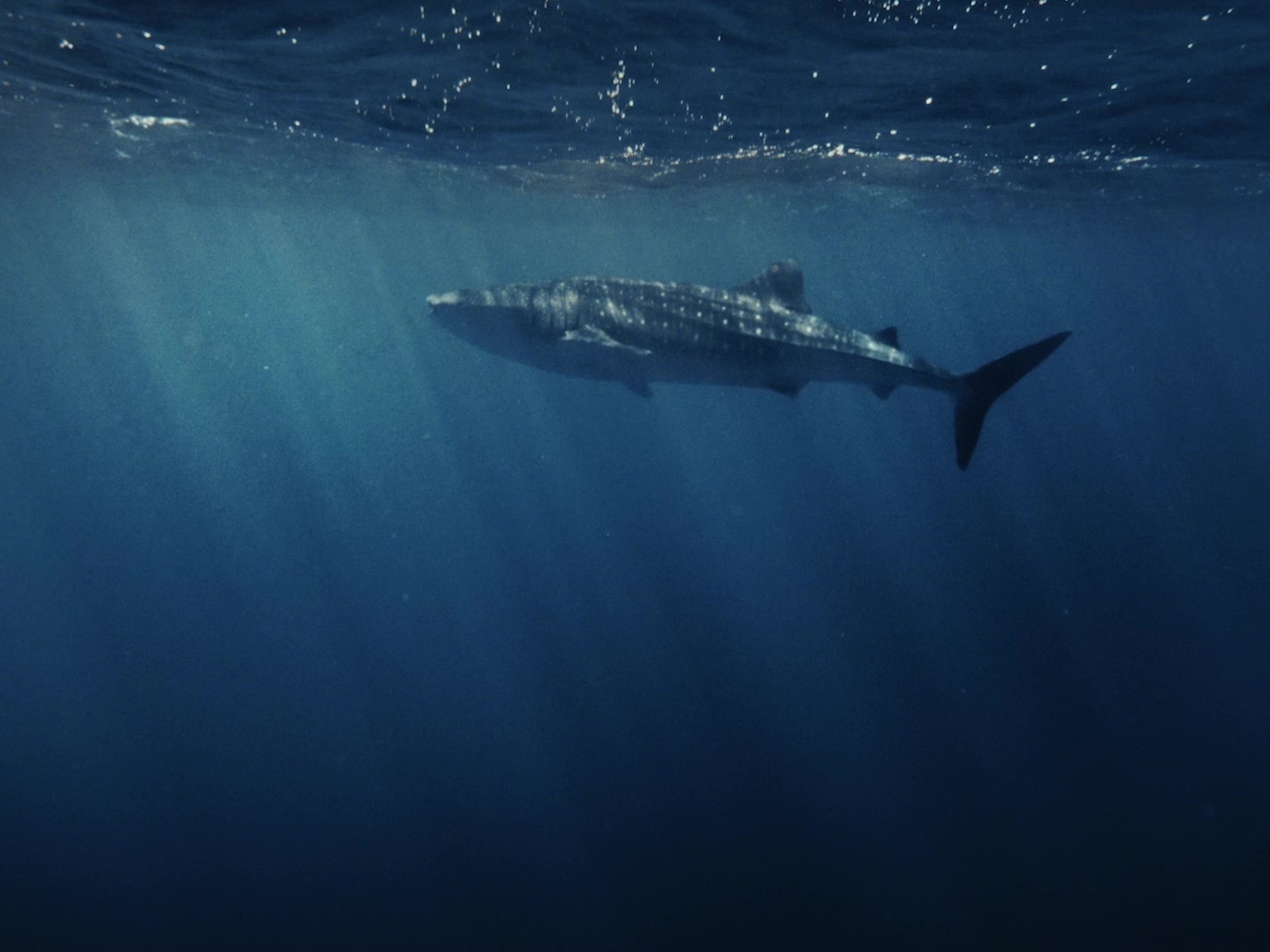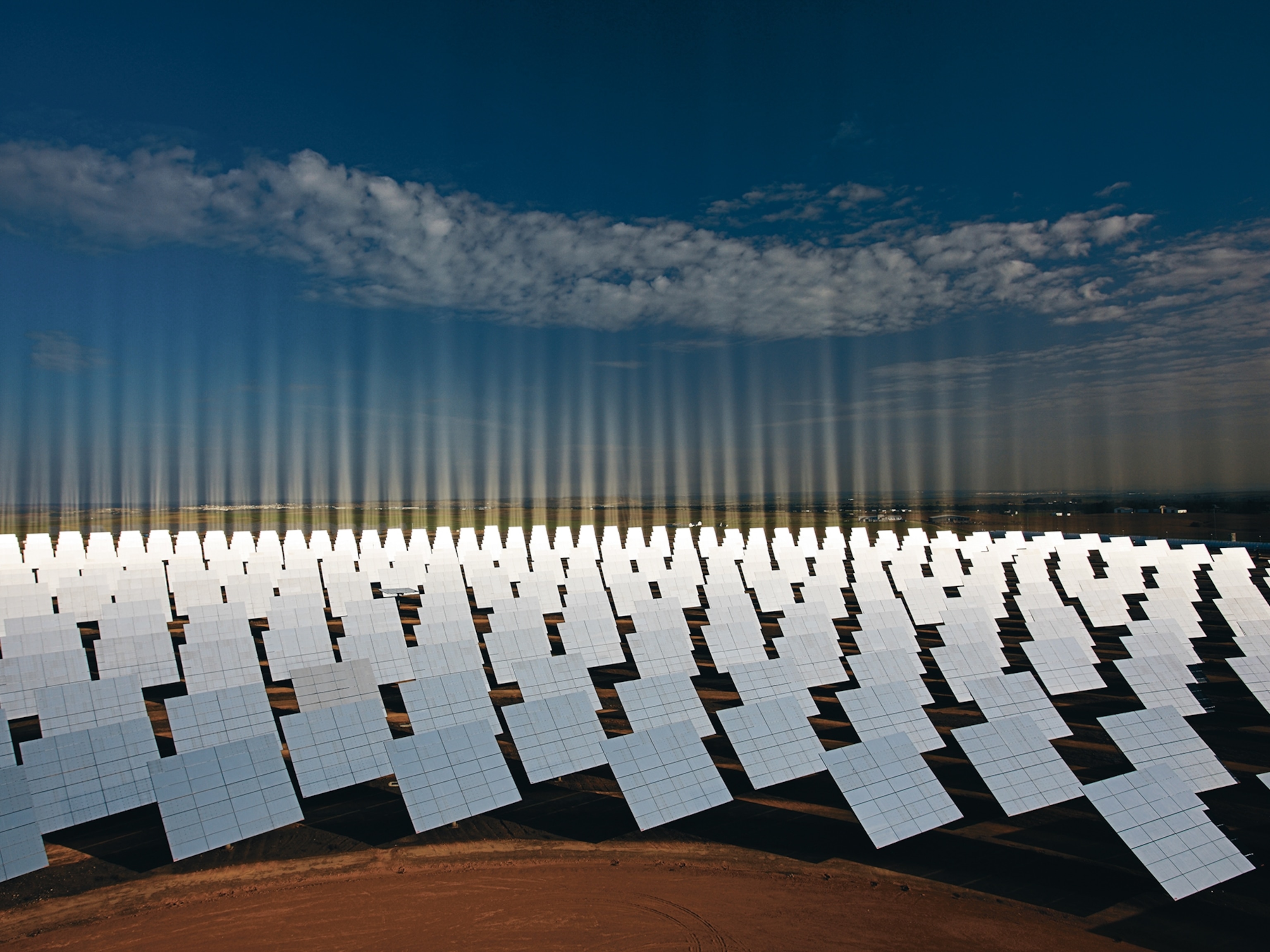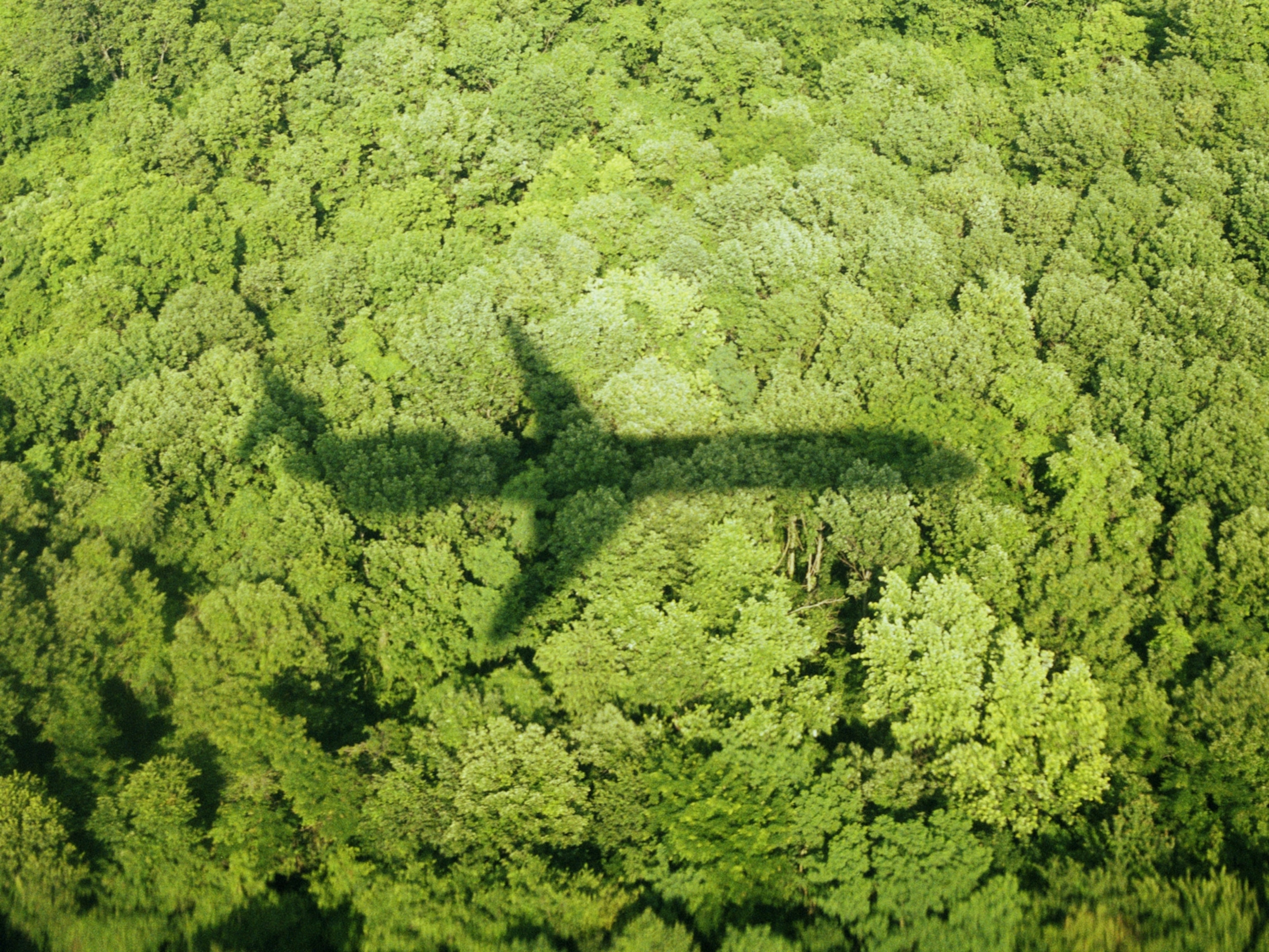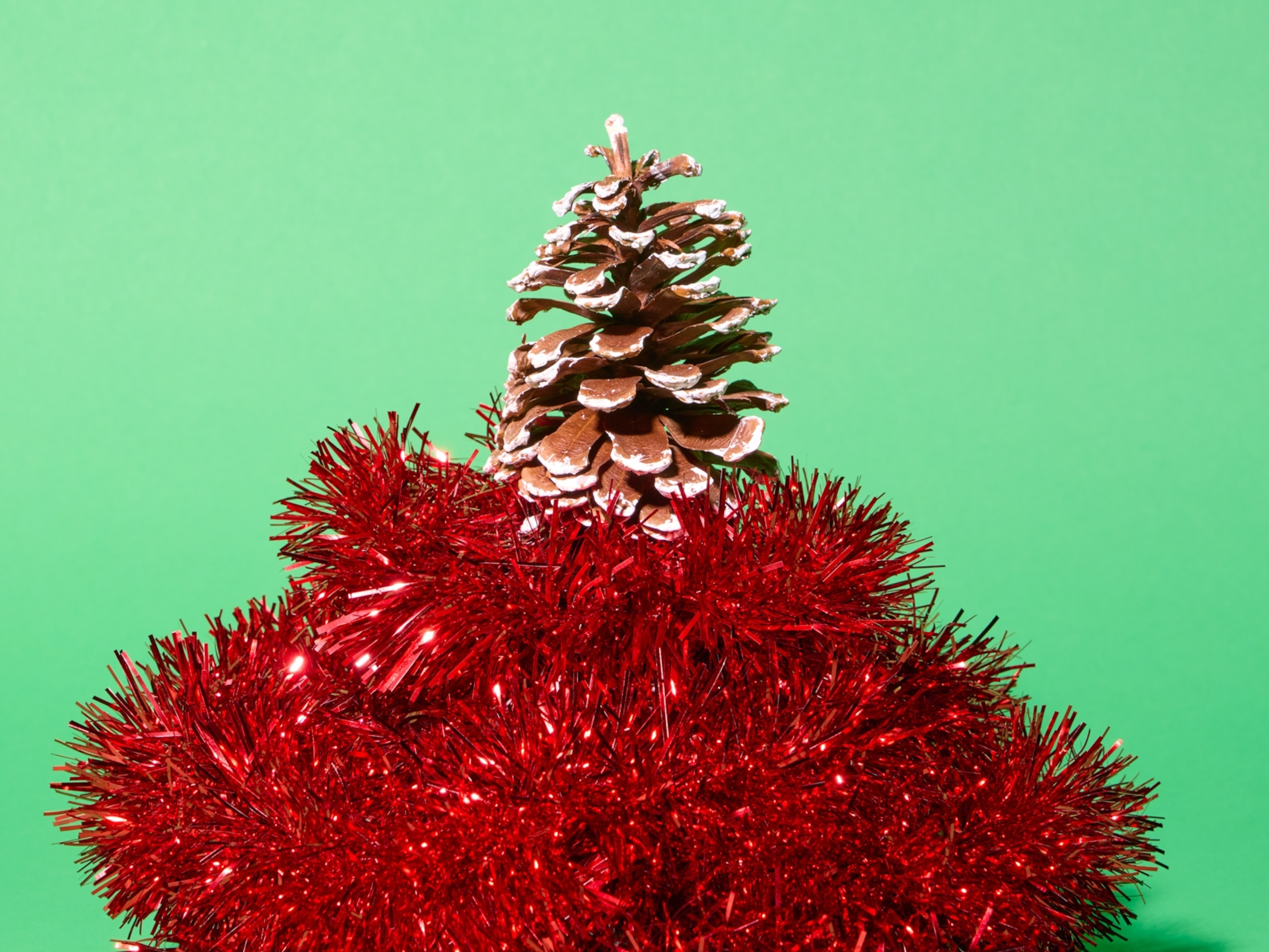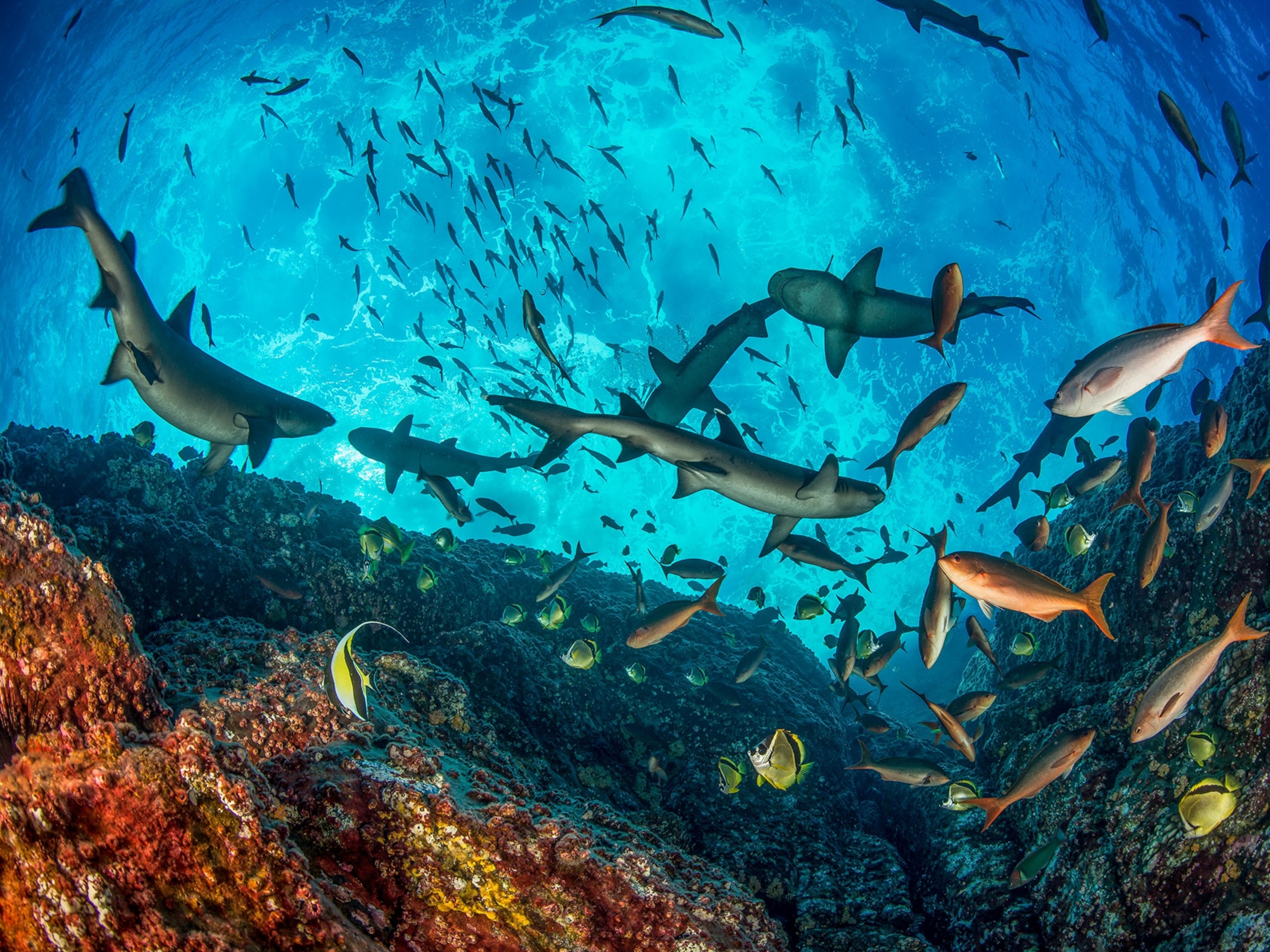Five ways to wash with less water
With the world’s freshwater supply under growing pressure―and with water central to most people’s personal-care routines―a question we should all be asking ourselves is how can we wash with less?
Whether it’s a morning shower or washing up before bed, most of us are used to turning on the faucet and using the water that flows from it for our daily routine of keeping clean. But the world is running out of water: by 2025, as many as 1.8 billion people could be living with water scarcity, not having enough water for the essentials of healthy living—drinking, cooking, and cleaning. This is pushing water conservation up the green agenda. On average, Europeans use around 38 gallons of water a day and Americans as much as 82 gallons: with more than a third of that water on personal hygiene. Here are five ways we can all wash with less water.
Shorter showers (and no baths!)
Even though a shower typically uses about half as much water as a bath, both are still responsible for a major waste of water every day. The average shower delivers around two and a half gallons of water every minute, so taking shorter, more efficient showers is a great way to save water. Try making a playlist of short songs, three to four minutes long, and step out when the music stops. Running the water while waiting for it to heat up is another big source of waste—as much as five and a half gallons of water down the drain every time. But now hot water systems are available that can recirculate a home’s hot water so that it is delivered directly to the tap or shower without the wasteful wait.
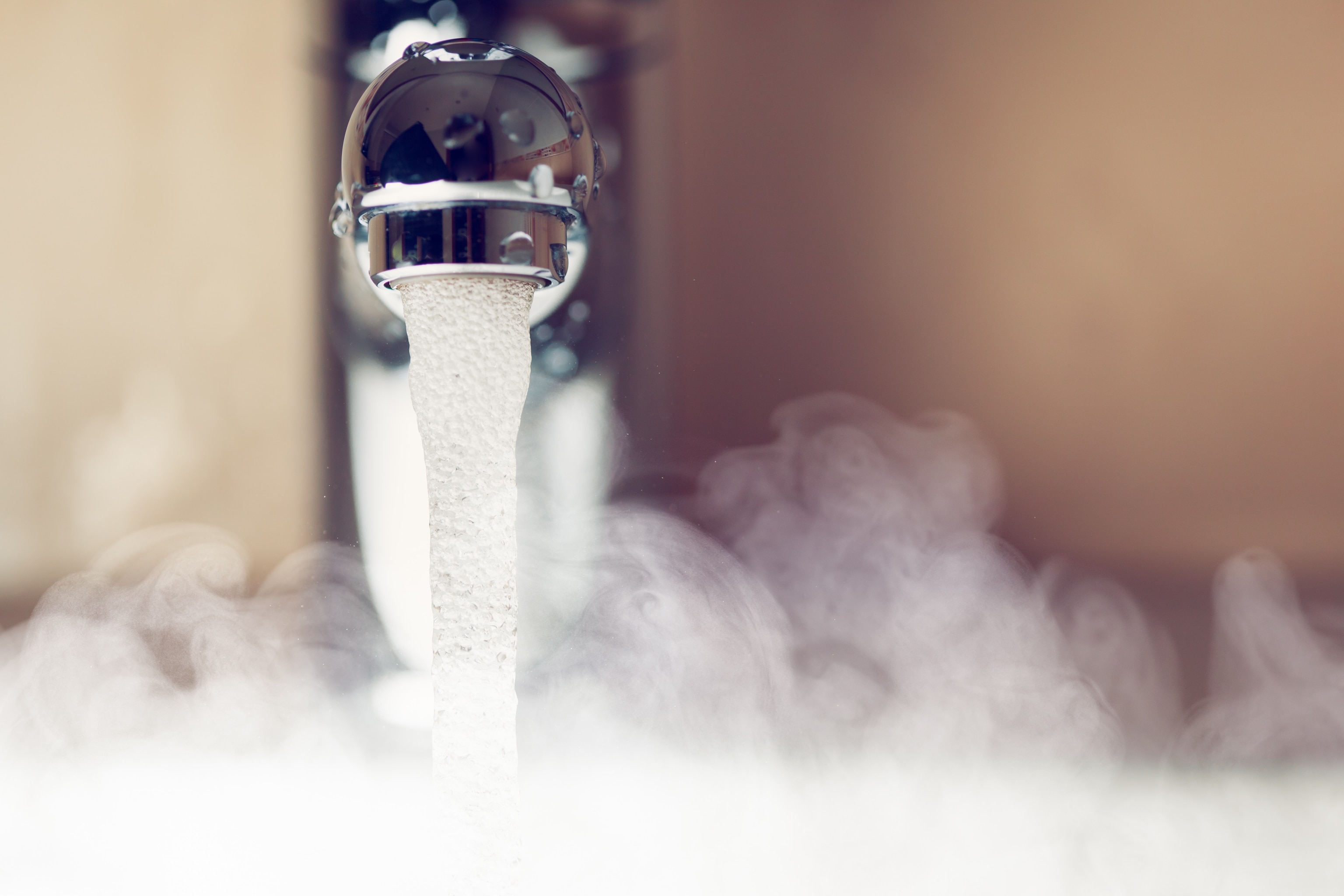
No-rinse products
Beauty products are also being developed that will help us extend time between showers. The traditional routine of shampoo and rinse, then conditioner and rinse, takes time and can use up a lot of water. For water savings, turn off the shower while lathering! In addition, there are now no-rinse conditioners (which aren’t currently available in the US), leave-in conditioners and dry shampoos that can be applied dry to make hair appear cleaner without the need to wash, rinse, or even take a shower.
Turn off faucets
With faucets delivering around one and a half gallons of water every minute, an easy way to save water is to turn off the faucet when you’re not using it. We know not to keep the water running while washing our hands or for the two minutes we’re told to brush our teeth—it’s a bad habit most of us have given up. Now we can apply the same knowledge to beauty routines, and turn off the faucet when applying cleanser or running just enough water into the sink for rinsing. And when we do need to run water, turning the faucet on only a little will reduce the water flow to a more controlled rate. Installing faucet aerators can actually halve the flow rate without any noticeable loss of water pressure.
Dry products
A way to extend time between showers is the development of beauty products which don't need water at all. Take dry shampoo for example. Also, cleansers and serums are now being formulated as fine powders that are activated by adding just a little water, or by dissolving them in moisturizer.
Reuse water
We’re unlikely to cut water out of our daily routine entirely, but there are always ways to recycle the water we use. Installing a greywater recycling system will capture wastewater from sinks, showers, and appliances, such as dishwashers and washing machines, and filter it for reuse around the home and garden—for instance, flushing toilets and watering plants. But it’s also easy to improvise: put the plug in the sink when washing your face and then use that water for household plants, or keep a bucket in the shower to catch the runoff, which can then be used to flush your toilet or even to mop floors.

Brands like Garnier are working to save water in their own daily processes with a commitment to significantly reducing their industrial water consumption. Garnier’s five “waterloop factories” are specially designed to be water efficient, recycling and reusing 100 percent of the water used for cleaning and cooling so that water is not continually drawn from the public supply. We can all take one green step individually to rethink our daily routines and make more conscious choices.
To find out more about the transformative journey, click here.
